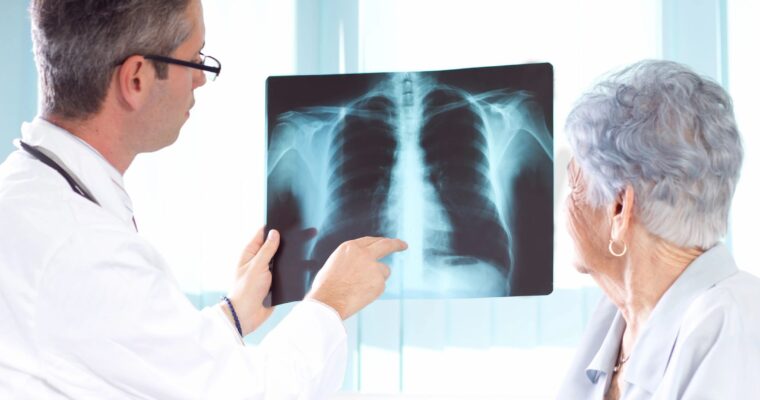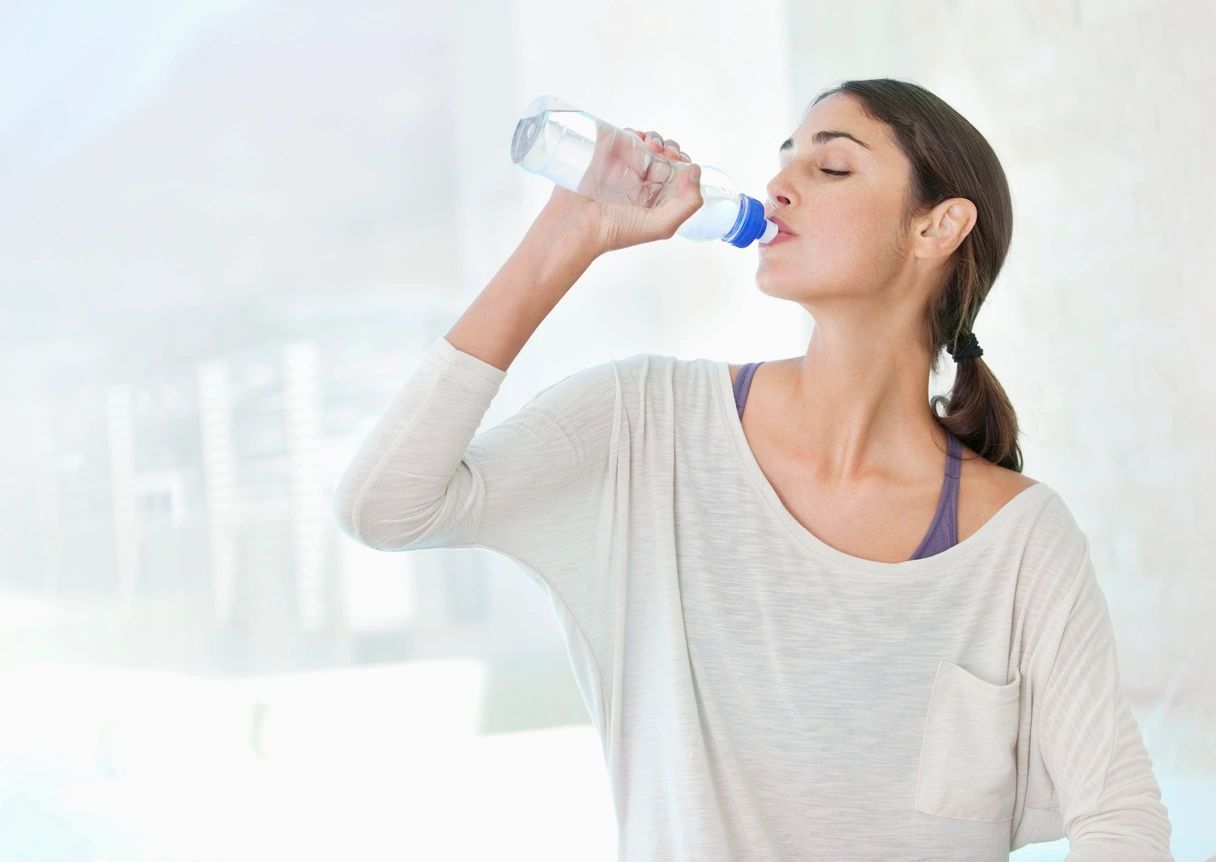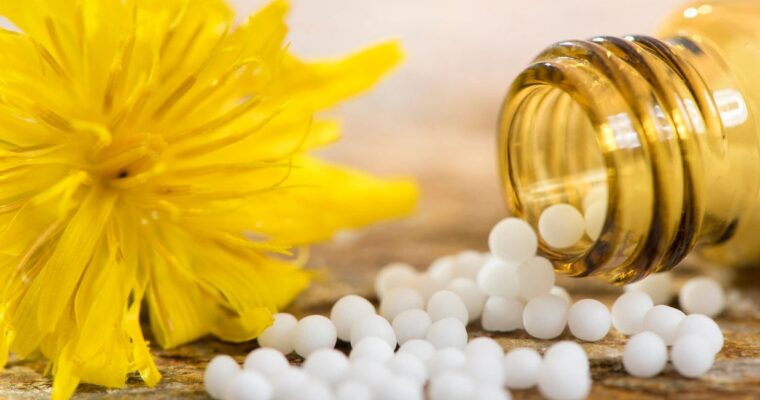URINARY TRACT INFECTION (UTI) ~ EVERYTHING YOU NEED TO KNOW, BUT HAVE NEVER ASKED
By: Allie Might, FMC, INHC, ATT
Urinary Tract Infections, or UTIs as they are commonly referred to as, can affect people of all ages for various reasons. However, women seem to be much more at risk for UTIs than men. In this article we’ll discuss what UTIs are, how they are commonly contracted, how to lower our risk and how to get rid of one once diagnosed.
What exactly is a urinary tract infection (UTI)? According to the Cleveland Clinic, a UTI is an infection that affects the urethra, kidneys and/or bladder. It occurs when bacteria enters the urethra and causes the infection. This can happen in a number of ways, however there are a few common causes that should raise our awareness. These common causes can be a history of developing UTIs in childhood, hygiene, a suppressed immune system, menopause, certain medications such as birth control and sexual activity.
Let’s break these down and discuss if there’s anything we can do to lower the risk of developing a UTI. According to the article ‘Risk Factors and Predisposing Conditions for Urinary Tract Infections’ from The National Library of Medicine : National Center for Biotechnology Information, having a history of UTIs (in childhood or adulthood) naturally increases ones risk factor of recurrence. Menopause can also be a factor as when we get to this stage in life, there is a reduction of estrogen and Lactobacilli, causing the vaginal pH to decrease.
While personal or family history can increase risk, so can having a suppressed immune system. This can be due to such issues like having diabetes or heart disease. Those that experience any health related issue that may require a catheter also increases the risk of UTIs.
When using some medications or birth control devices such as a diaphragm, can also increase risk. Women experiencing menses also have a higher risk for UTIs. This is because there can be addition bacteria and/or blood that can enter the urethra and therefore causing the UTI. It is important to remember to practice good hygiene all the time, with extra attention when using birth control devises and during menses. Try using a good antibacterial soap or vaginal wipes. Another thing to remember is to make sure you wipe front to back after urination to help keep the area as clean and bacteria-free as possible.
Lastly, the risk of UTIs from being sexually active. This can happen when you start seeing a new partner or frequent activity. This can sometimes throw off your pH while increasing normal bacteria in the region. This is normal, as bacteria can be transferred from hands, mouths and genitals. It is a good idea to wash hands and brush teeth/rinse with antibacterial mouthwash, along with daily showers, before sexual activity. Urinating after intercourse can also lower risk of UTI.
According to The Mayo Clinic, if you experience symptoms of UTI, such as but not limited to, painful urination, pelvic or lower back pain, suddenly have pink, red, brown or cloudy urine, have strong urine odor, nausea and/or vomiting and even a fever, contact your doctor. If your doctor does diagnose you with UTI it is often that you will be prescribed an antibiotic. Please, I cannot stress this enough, take the antibiotic if it is recommended and take as prescribed. If the infection goes untreated, there can be elevated problems that arise including sepsis. Once you can completed your doctor’s recommendation and the infection has been deemed cleared up, I like to recommend a daily probiotic, like Probiotic Hx or Probiotic Maintain, to help the good gut bacteria.
RENALAID: I love a scoop of this in a glass of water everyday instead of traditional cranberry juice that so many of us tend to gravitate to for urinary tract support. Using Renalaid eliminates the sugar and has the added benefits of D-Mannose, Olive Leaf and a Probiotic Blend.
CRANBERRY FRUIT EXTRACT: We’ve all heard to drink cranberry juice to help maintain a healthy urinary tract. However, juices can have a tendency of being sweet and sugary, processed and a little too diluted. Using a Cranberry Fruit Extract in a capsule form can help you incorporate the benefits of cranberry without the added sugar, processing and calories.
PROBIOTIC HX WOMEN: This Probiotic is formulated to support the needs of women’s health. It is made up of Garlic Bulb, Thyme and a blend of different strains of Lactobacillus. I like to recommend this as a “therapeutic” probiotic, in addition to a general everyday probiotic like Probiotic Hx, for women that are very prone to such issues like Urinary Tract Infections (UTIs) and/or Yeast Infections.
CRANBERRY SMOOTHIE
1 cup plain Greek yogurt
1 cup ice
1/2 cup water
1/4 cup fresh cranberries (optional)
1 teaspoon raw honey
1 scoop Renalaid
2 capsules Cranberry Fruit Extract
1 capsule Probiotic Hx Women
Add ingredients to a blender along with the contents of the Cranberry Fruit Extract and Probiotic Hx Women. Blend everything together until smooth. Pour into a glass, drink and enjoy!
https://my.clevelandclinic.org/health/diseases/9135-urinary-tract-infections
www.mayoclinichealthsystem.org/hometown-health/speaking-of-health/5-tips-to-prevent-a-urinary-tract-infection
www.mayoclinic.org/diseases-conditions/urinary-tract-infection/diagnosis-treatment/drc-20353453
www.ncbi.nlm.nih.gov/pmc/articles/PMC6502981/
www.webmd.com/women/your-guide-urinary-tract-infections
www.ncbi.nlm.nih.gov/pmc/articles/PMC9427198/
www.pubmed.ncbi.nlm.nih.gov/36874013/








